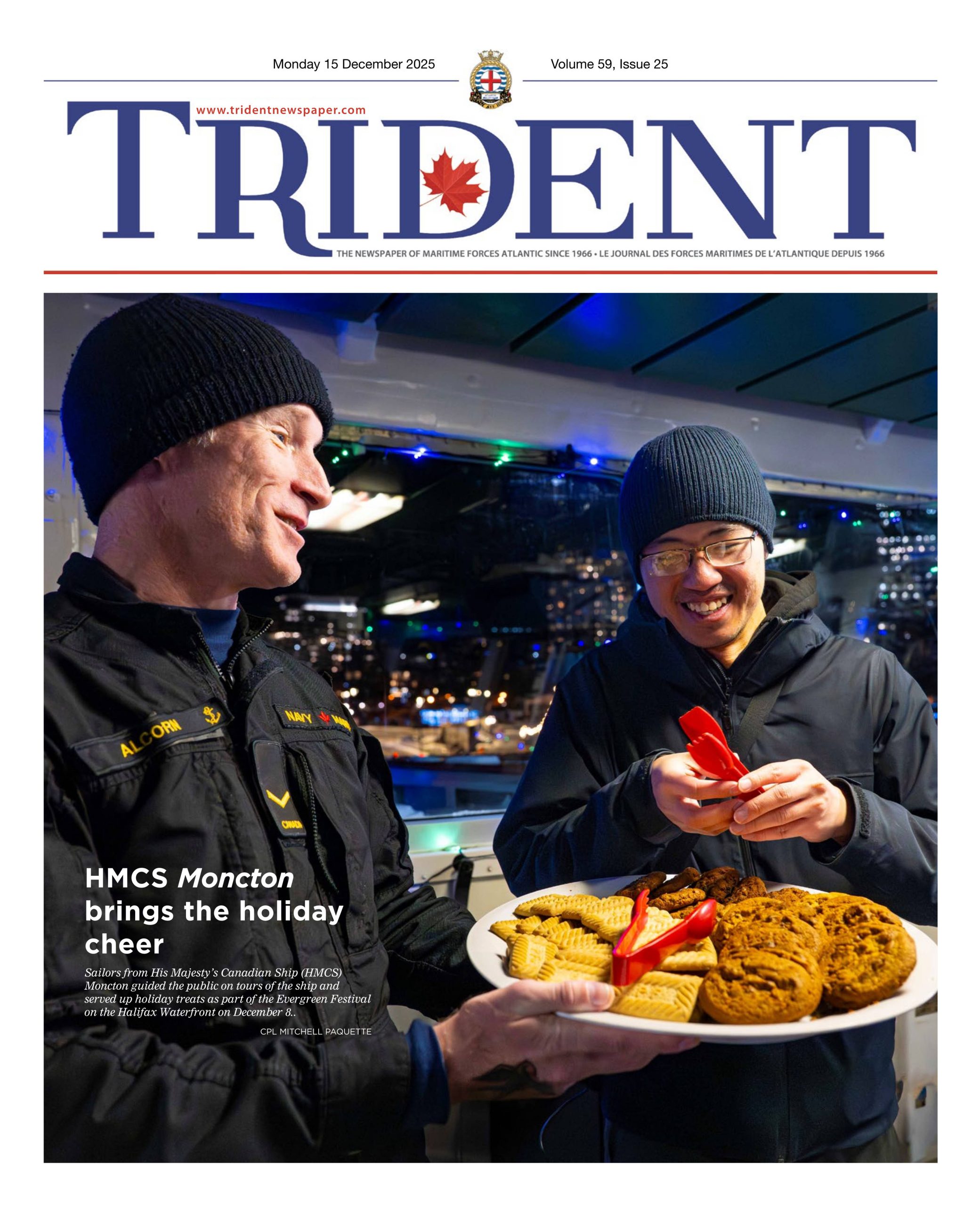
Allies integrate undersea infrastructure monitoring into exercise Sandy Coasts 25
By Allied Maritime Command
Allied mine countermeasures ships and dive teams shifted focus to monitoring Critical Underwater Infrastructure (CUI) while sharpening their skills in maritime security during Exercise Sandy Coasts 25.
The annual exercise challenges Allied navies in key areas such as naval mine warfare, harbour protection, and naval cooperation and guidance for shipping. This year, the addition of CUI monitoring and protection enhanced the scope of training, allowing these capabilities to be tested and refined throughout the two-week exercise, which began on August 15, 2025.
The ships of NATO Mine Countermeasures Group One (SNMCMG1), which includes His Majesty’s Canadian Ships (HMCS) Edmonton and Yellowknife, along with flagship Latvian Navy Ship (LVNS) Virsaitis, all took part in the exercise, in addition to allies from the Netherlands, Belgium, France, and Estonia. The NATO task group was reinforced by Dutch minehunter Willemstad and Belgium’s BNS Lobelia.

Sandy Coasts is an annual exercise, hosted on a rotational basis by Belgium and the Netherlands. This year the exercise was led by the Royal Netherlands Navy off the port of Delfzijl, and in the North Sea above the Dutch Wadden Islands of Terschelling, Vlieland, and Schiermonnikoog.
There was additional focus on Groningen’s Eemshaven, which serves as a vital logistical hub for Host Nation Support to NATO allies. In the event of a military deployment, the port would play a crucial role in the reception, staging, and onward movement of equipment and personnel. Ensuring the security of this harbour is essential, making its protection a key part of Sandy Coasts 25. The exercise continues to play a crucial role in strengthening partnerships and enhancing the capabilities necessary to ensure safe and secure seas.
HMCS Edmonton and HMCS Yellowknife left Halifax on July 7 to join SNMCMG1 and are expected to return in October.






